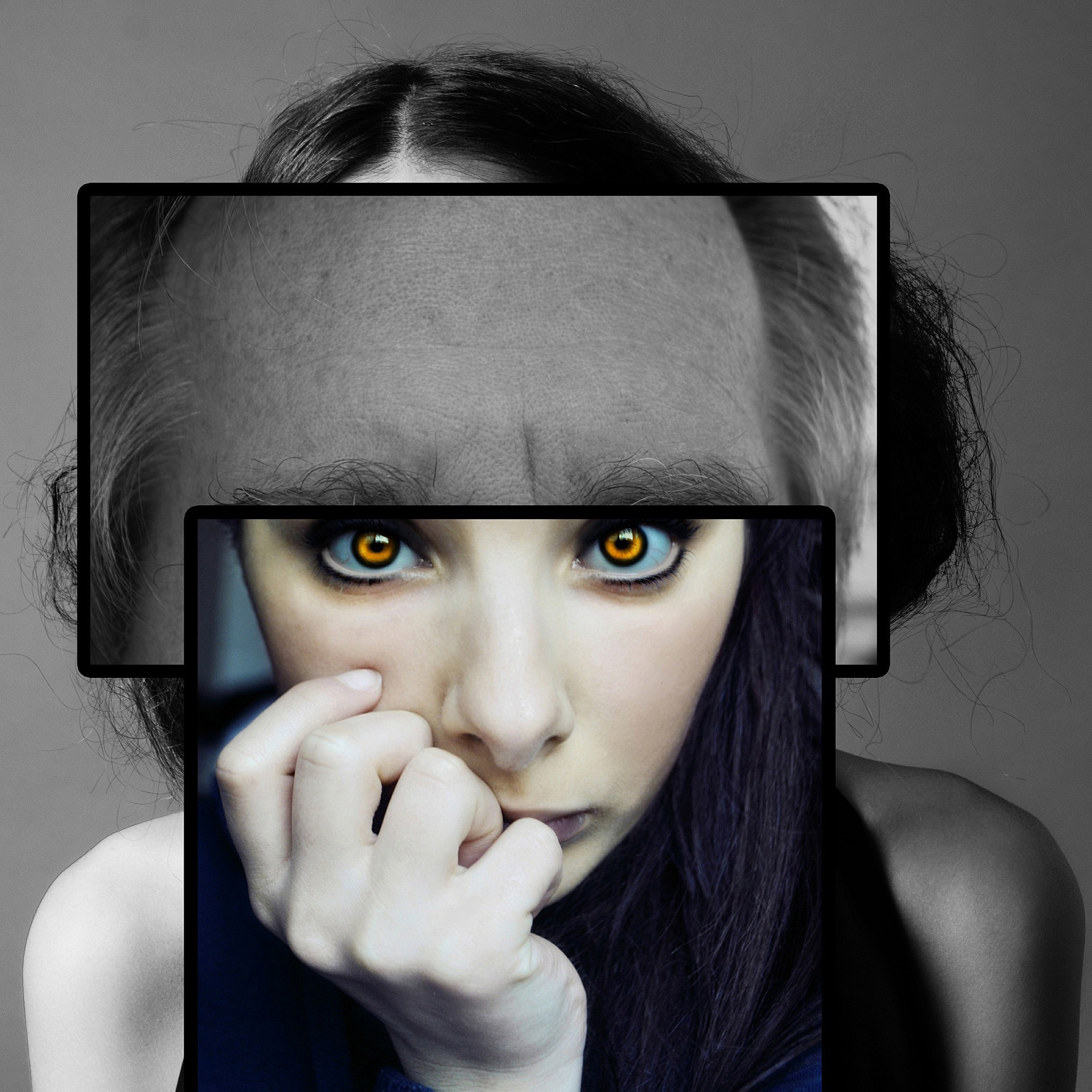
1) Definition
Schizophrenia is a severe and chronic mental disorder. It is characterized by disturbance in thought, perception and behavior. The symptoms have a negative impact on most functions and social interactions of the individual suffering from it. Schizophrenia does not imply a “split personality” or dissociative identity disorder, as is often wrongly labeled in the public.
2) Description
Schizophrenia symptoms
People suffering from Schizophrenia have periods in their life where it seems they have lost touch with reality. They also experience the world differently than people around them. Schizophrenic symptoms are divided into two groups: positive and negative symptoms. Positive symptoms are the ones that look “strange” or “odd” to other people. They include paranoia and delusions as well as hallucinations of different kinds (i.e. optic, acoustic, sensory). A person might hear or see things no one else can or be completely sure that they are a superhero, Jesus or a spy saving the world. These thoughts and perceptions are as real to them as sitting on a chair and reading this blog post is to you.
Negative symptoms include reduced social interaction, diminished emotional expression, flat affect and lack of motivation/pleasure. Often, these negative symptoms precede the positive ones.
Signs of schizophrenia
With schizophrenia in adolescents, parents often report a change of behavior in their children. Their school grades might slip, they might suddenly become very disorganized or may choose to spend less time with their friends without a plausible reason. Early-onset schizophrenia typically occurs between the ages of 13 and 18.
Types of schizophrenia
The Diagnostic and Statistical Manual of Mental Disorders, Fifth Edition (DSM-5) no longer differentiates between subtypes of schizophrenia, given their overlapping characteristics and similar treatment.
Schizophrenia medication
Antipsychotic medication is the first-line treatment for schizophrenia. Antipsychotics are a class of medication usually effective in relieving symptoms of psychosis in the short term. There are first- and second-generation drugs (also called typical and atypical), which both block receptors in the brain’s dopamine pathways. Atypical antipsychotics also act on serotonin receptors and generally have a better side-effect profile.
Schizophrenia causes
As of right now, researchers haven’t understood the causes of schizophrenia. There are however different recognized factors that have been established to partly play a role in the disorder’s development. One of the most significant risk factors is genes. In twin-studies, researchers found that if one identical twin sibling has schizophrenia, the other has a 1 in 2 chance of developing it. This is also the case if the twins are raised separately. In comparison, the risk for disease is 1 in 100 in the general population. Furthermore, it is believed that low levels or imbalances of certain chemicals in the brain, in particular dopamine, play a role in the development of schizophrenia. Additionally, the use of recreational drugs (i.e. cannabis, cocaine, LSD and amphetamines) may trigger symptoms of schizophrenia in people who are more at risk.
If you think that you or a person you know is showing signs of schizophrenia, please seek out help and immediate treatment. The earlier the disorder is recognized and treated, the higher the chance that symptoms will reduce and eventually vanish.




